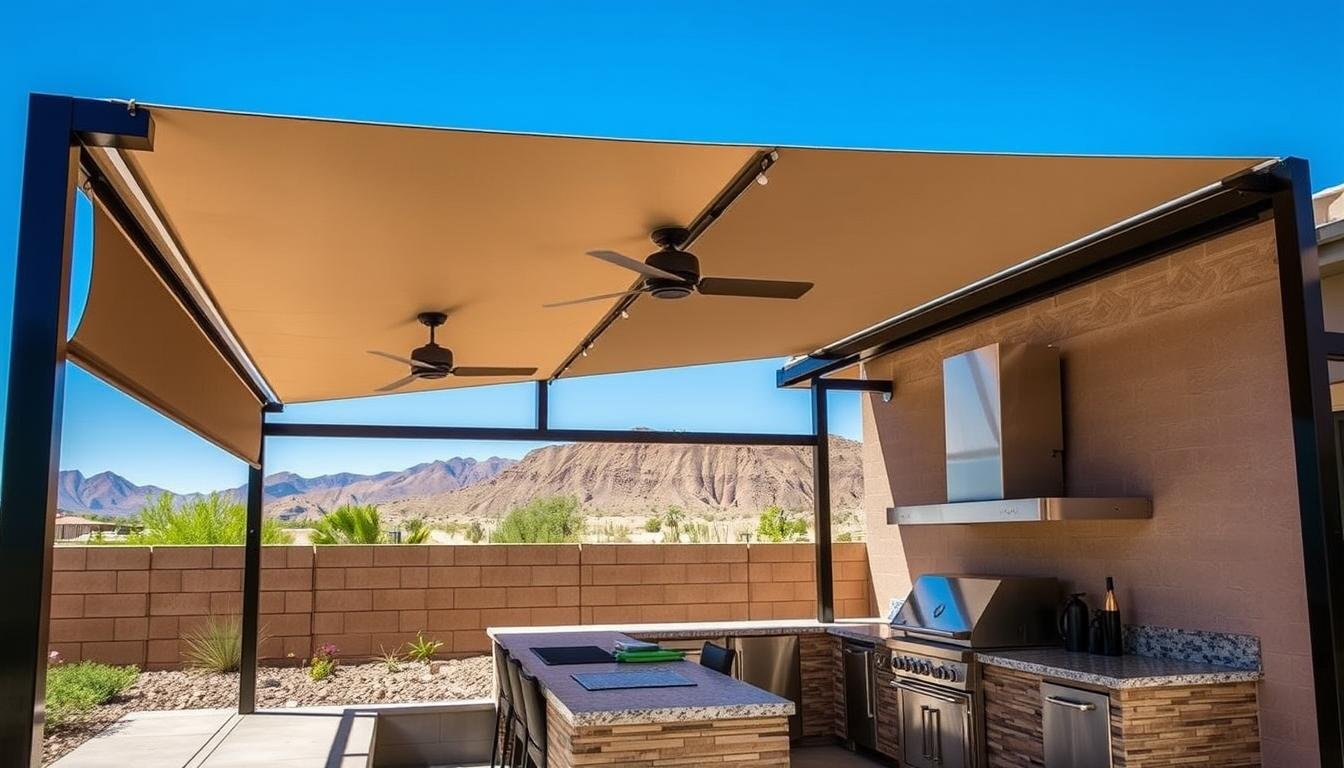If your foundation is cracking, chipping, or just falling apart then it’s going to need repairing. What you need to understand is that repairing the foundation isn’t going to be one of those simple do-it-yourself things.
There are several different foundation repair methods, and the best depends on several factors including soil, climate, and type of foundation. Your best bet is to check with a contractor to determine the best repair method for your particular situation, says Indianapolis Foundation Repair Experts who often do basement repair in Indianapolis.
Keep reading to learn more about some of the common foundation methods and what contractors will use so your foundation will look even better once all is said and done. There is no true foundation repair method. But there is always one of many that will tend to work.
How many foundation repair methods are there?
There are eight different types of foundation repair methods. These include but are not limited to stabilizing the foundation’s soil, grouting, mudjacking, water management, shimming (using either existing or supplemental piers), repairing the foundation walls, and underpinning.
What is the best method out of all of these?
There really is no ‘one true’ method when it comes to repairing the foundation. That’s because each method is suitable based on some factors. They are the types of soil, the climate, the foundation build, and any other problems that may arise.
Because of how difficult it is to come up with the best method, it’s another good reason why repairing the foundation should be left up to the professionals. They will know what to do better than any of us.
What is causing foundation problems?
Water leakage
Your foundation can get damaged in so many ways. And they include some common symptoms such as water leaking into the basement. You want to know where it’s coming from, why it’s leaking, and when it’s happening.
Soil issues
The soil that is situated near or under the foundation may have a lot of moisture. For this reason, it will cause a lot of shifting. And that won’t look good for the foundation itself.
If the foundation is moving, you will need to distinguish it between full or differential movement. Regardless, these movements are not something that you want to ignore.
Cracks
Cracks can happen. Typically it can be due to the regular change in climate throughout the year. The weather gets warm and then cold (which can cause quite a bit of stress on the foundation).
Another thing to consider is whether or not these cracks are the result of structural damage or simply just aesthetic eyesores. A foundation professional may be able to give you a good idea of what’s causing the cracks.
Don’t forget, general wear and tear due to the environment can and will cause foundation problems. That’s why it is important to monitor it on a regular basis.
What are some other foundation problems?
Foundational issues can stem from one of the two major sources. Let’s take a look at each one:
Settlement
This happens when the foundation is sinking or portions are sinking below the original grade.
Upheaval
If the foundation is raised above the original grade, this is what is known as upheaval.
These sources can also trigger other issues in and around your house. They include but are not limited to damage to basement walls, a wet basement, and doors that will stick and be difficult to open.
Warning signs to watch for
If you want to be watchful with your foundation, then you want to be aware of the warning signs that may point to damage. You want to keep a close eye on your home’s exterior and interior.
Specifically, you want to see if you have the following:
Exterior
Exterior warning signs include moldings that are displaced, cracked bricks, separation that exists around the garage door, walls, or windows, wall rotation, and foundation that is cracked or broken.
Interior
Signs of foundation damage can also be found indoors. This will include but is not limited to uneven floors, cracks in the floors or sheetrock, and misaligned windows and doors.
Will my homeowner’s insurance cover this?
The only time your homeowner’s insurance will cover foundation repair is when the home is damaged by tornadoes, fires, and explosions. But it won’t cover anything that might be considered wear and tear or anything that is non-disaster related.
One More Thing
There is no perfect repair foundation method since there are various conditions that will make it suitable enough. But if it needs to be fixed, it needs to be done as soon as possible. So you want to keep a close eye on any issues that may arise.
Even the smallest issues that are easily ignorable is a sign of impending disaster. So you might want to contact a contractor that specializes in foundation repair. When you do, they will have a look at the foundation and plan on what needs to be done.



